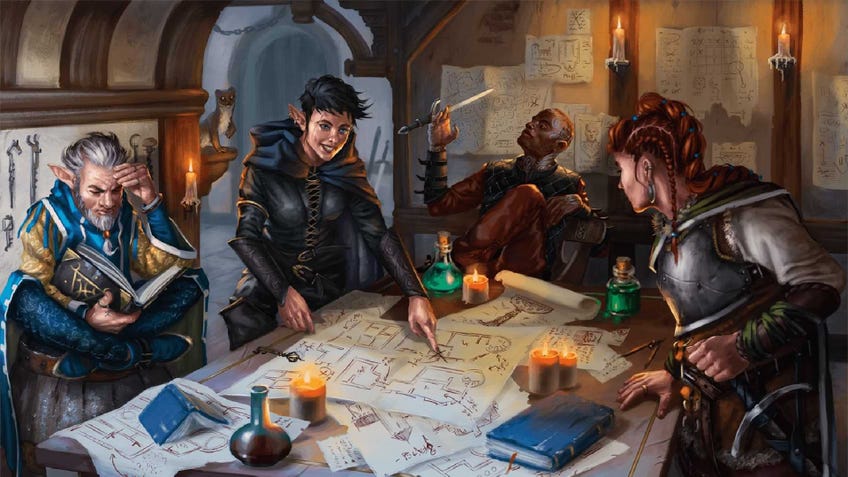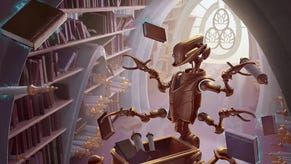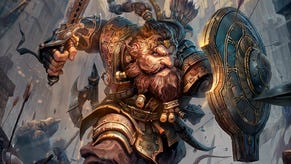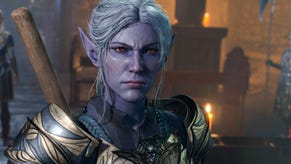5 tips for making a great Dungeons & Dragons 5E character
What to do before the nitty-gritty bits
A major part of playing Dungeons & Dragons is controlling a character and how that character comes about will depend on how you make them. Outside of all the dice rolling and number calculating, there are several things you can consider that will take your character that bit further.
However, with the myriad of choices available to you: where the ruddy hell do you even start? The prospect of making a D&D character can seem very overwhelming, especially if you’ve never done it before. Besides seeking support from your dungeon master and fellow players, this list of tips should give you some pointers of things to consider besides elements like species/race, class, spells etc...
Dungeons & Dragons character tips
- Use the D&D Player’s Handbook
- Find inspiration
- Include a motivation
- Use a pre-gen character
- Consider a playstyle
Thinking about some of these aspects of character creation will give a stronger foundation to work with when you actually get around to the specific aspects of character creation. Knowing who your character is, why they’re embarking on their adventure and how they navigate through the world, will give you a stronger idea of what weapon they might wield, which spells they might cast and which abilities they might take. Consider these five Dungeons & Dragons tips before anything else.
1. Use the D&D Player’s Handbook
Open up your Bible to Dungeons & Dragons

The Dungeons & Dragons Player’s Handbook contains all the technical details you need to know about making your character, though it doesn’t necessarily offer the best guidance on how to actually go about it.
There are many options to choose from when making a D&D character, and if it’s your first time creating one then we recommend sticking to the standard options included in the Player’s Handbook. There are, of course, manner other official sourcebooks featuring character creation options out there. However, straying towards anything in the wider lexicon of D&D or, god forbid, any homebrew content may be way too much way too soon.
Have a look over the pages dedicated to character creation in the Player’s Handbook - which are primarily chapters two and three - and see if anything grabs your attention. The specifics around how to actually apply the character creation tools are covered in our guide to character creation explained. Nevertheless, having a quick skim and seeing whether any of the classes and species catch you eye is a good starting point for any newbie.
2. Find inspiration
Look for ideas, themes and elements to draw upon everywhere
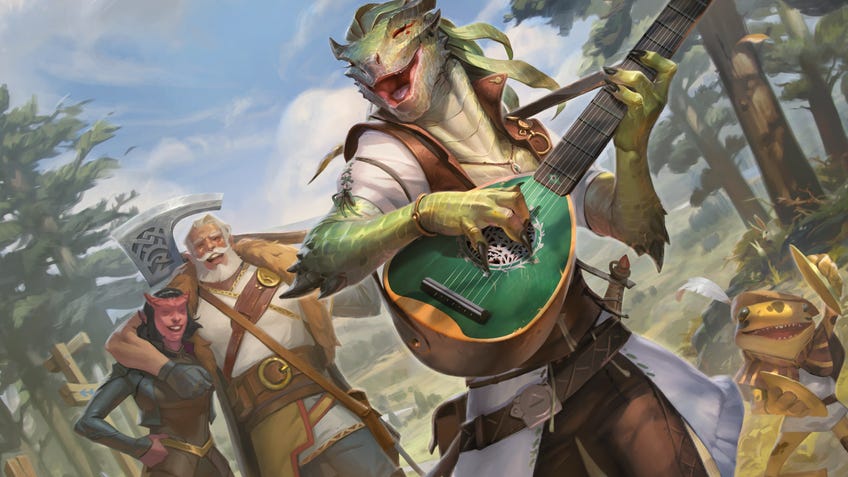
Your character will undoubtedly be one of the most important aspects of your D&D experience, so taking your time and getting it right is crucial, especially if you’re in it for the long haul - you don’t want to get stuck with Dobbins the halfling barbarian for three years.
Think about what characters have made their mark on your cultural psyche over the years; not just in fantasy media but in anything you’ve read/watched/played. Another good idea is to seek out examples of characters and storylines from stories that match the setting and/or tone of the campaign your dungeon master is planning to run. Finding these touchstones will help you to create a stronger and more compelling character for your upcoming playthrough of Dungeons & Dragons.
3. Include a motivation
Decide what drives your characer

When devising your character’s back-story, it’s important to consider why they’re embarking on their D&D journey as it determines they fit into the game’s world and story. Characters with no agency aren’t just boring to watch, they’re boring to play as well. Even if you’re not as into this part of character creation as the more specific aspects - such as ability scores and features - just giving a simple motivation elevates a D&D character above being a purposeless blob.
Having a clear motivation makes those moments of character interaction and decision making much easier, which is particularly advisable if you’re not so hot on the ol’ impromptu acting side of roleplaying. Anyone who tells you that backstory isn’t important to a D&D character is straight up wrong, because it serves more than just a narrative purpose - it helps to shape your entire approach to roleplaying.
4. Use a pre-gen character
Skip the hassle with a readymade character sheet

If you’re really struggling with creating a D&D character, then consider using a pre-generated character sheet. These can be found on the official Dungeons & Dragons website, as well as the online platform D&D Beyond, and can be either downloaded or edited online.
Of course, choosing this approach will limit how much personalisation you’ll have over your character. Finding a balance between all customisation and none, you could take a pre-generated character sheet and make some changes to it to add your own spin on things.
Take the basis of a pre-gen character – a human bard, for instance – and build them out by adding personal touches and a deeper backstory. Maybe your human bard is a reliable tradesperson looking to venture out and develop a new network of trade links to further your family’s business. You may have a stubborn streak, and a heavy dose of naivety, but you’re fiercely loyal and a dab hand with an axe.
Or you could go for something a little more dramatic. Take a basic elf wizard and make them a child of a once great tribe of spellcasters, now ruined thanks to the actions of a government or faction. You’re a blunt but fair individual seeking retribution for the pain your people have suffered at the hands of bureaucracy. A sucker for a sob story and knowledgeable in the arcane.
5. Consider a playstyle
How does your character's backstory affect their build?
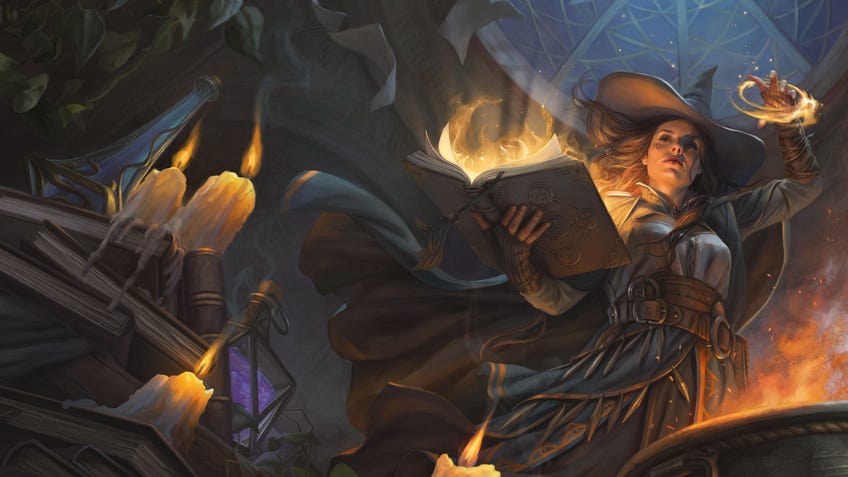
Other than backstory, getting inspired can also help with the gameplay aspects of character creation, such as what class, subclass and other aspects you need to choose from in the process.
For example, a character’s background or personality traits might determine what kind of armour or weapons they prefer. A once-dedicated blacksmith might take their smelting hammer and fashion a heavy raiment to wear. Or a now-banished hunter might apply their bow and arrows to cutting down monsters. Think about the classic combat capable characters you’ve been drawn to in the past and could potentially base your D&D character on them.
